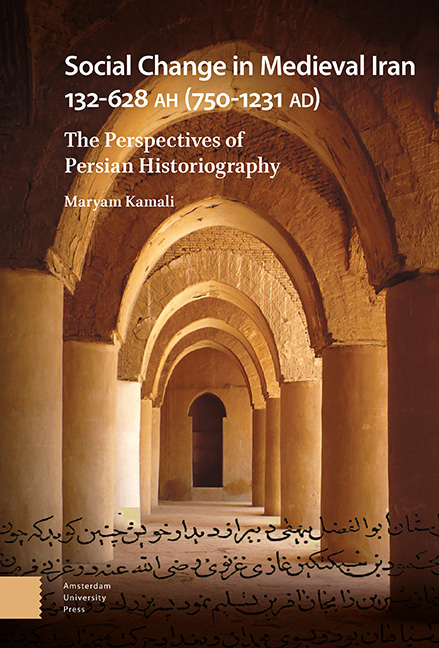Book contents
4 - The Rule of the Tāherids in the Shadow of the ʿAbbāsid Caliphate
Published online by Cambridge University Press: 28 December 2023
Summary
Abstract
The formation of the Tāherid dynasty was the first result of the consistent efforts of Iranian agents fighting to gain independence in Iran. The Tāherids used the resources of a borrowed structure approved by the caliph's mandate. The actions of the Tāherids were not wholly independent of Baghdad, and the Tāherid rulers primarily defined their activities according to the ʿAbbāsid structure. Being aware that the nature of their power depended on loyalty to the ʿAbbāsid caliph, they were armed with swords to obey Baghdad's orders. Their wars against the ʿAlawites and their conflicts with Bābak, Māziyār, and Afshin separated their path from those power structures that opposed the ʿAbbāsid Caliphate.
Keywords: Tāherid dynasty, Bābak, Māziyār, Afshin
Tāher's Sovereignty and Borrowed Structure
With the departure of Maʾmun to Baghdad, the Khorāsān faction had the opportunity to move on to shape an independent dynasty by surmounting factional structures. Perhaps Maʾmun's victory over Amin with his Khorāsāni allies’ help can be considered the beginning of the rule of the Khorāsān faction over the Baghdad faction. But the point was that the main actor of the ʿAbbāsid Caliphate, Maʾmun, who had regained his lost power with the help of this faction, was familiar with its independent structural resources.
Maʾmun's presence in Khorāsān was an obstacle to the establishment of an independent Iranian dynasty, but at the same time, it provided an opportunity for this fledgling structure to undergo a period of consolidation in the shadow of the ʿAbbāsid caliph's power. The ʿAbbāsids had shown that they had no tolerance for accepting rival agents or structures that divided their power, and they destroyed them with the most severe attacks.
In contrast, Maʾmun, recognizing the favorable atmosphere of this new environment, came up with new ideas and distanced himself from his predecessor's oppressive shadow.
The caliph's inevitable action to move the capital from Marv to Baghdad brought many social changes. It seems that the caravan of the caliph, along the way of this journey, marked another path for the future of Iran. Maʾmun knew that returning to the ʿAbbāsid Caliphate's previous center was a return to the original structures of the Baghdad faction, the most obvious requirement of which was the acquittal of existing Iranian and Shiʿite structures and the removal of their active agents from the ʿAbbāsid Caliphate.
- Type
- Chapter
- Information
- Social Change in Medieval Iran 132-628 AH (750-1231 AD)The Perspectives of Persian Historiography, pp. 103 - 112Publisher: Amsterdam University PressPrint publication year: 2023

